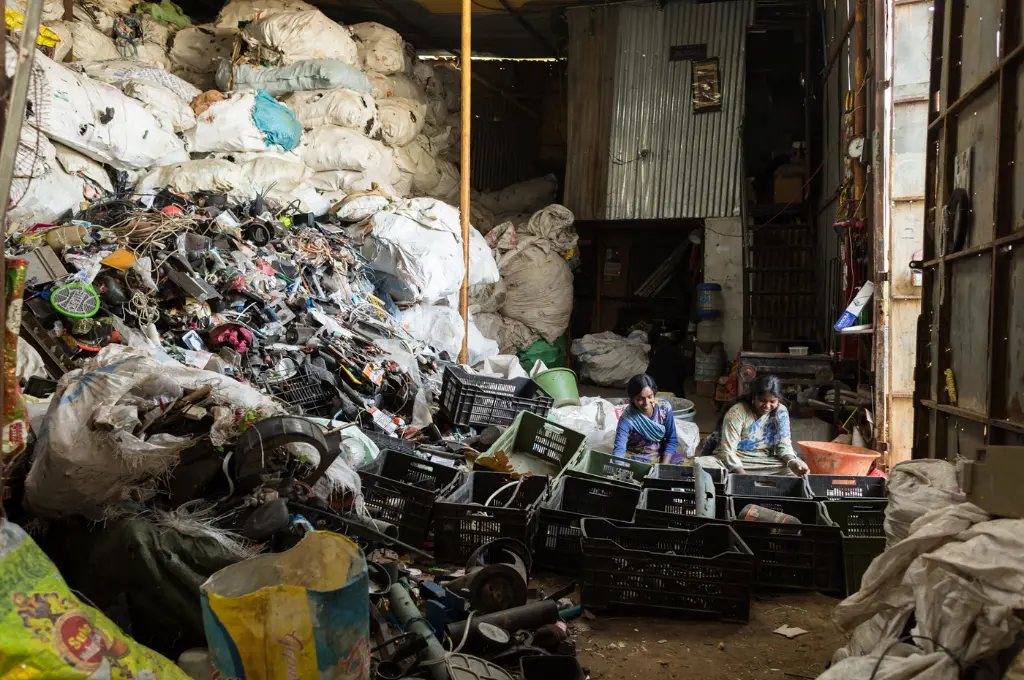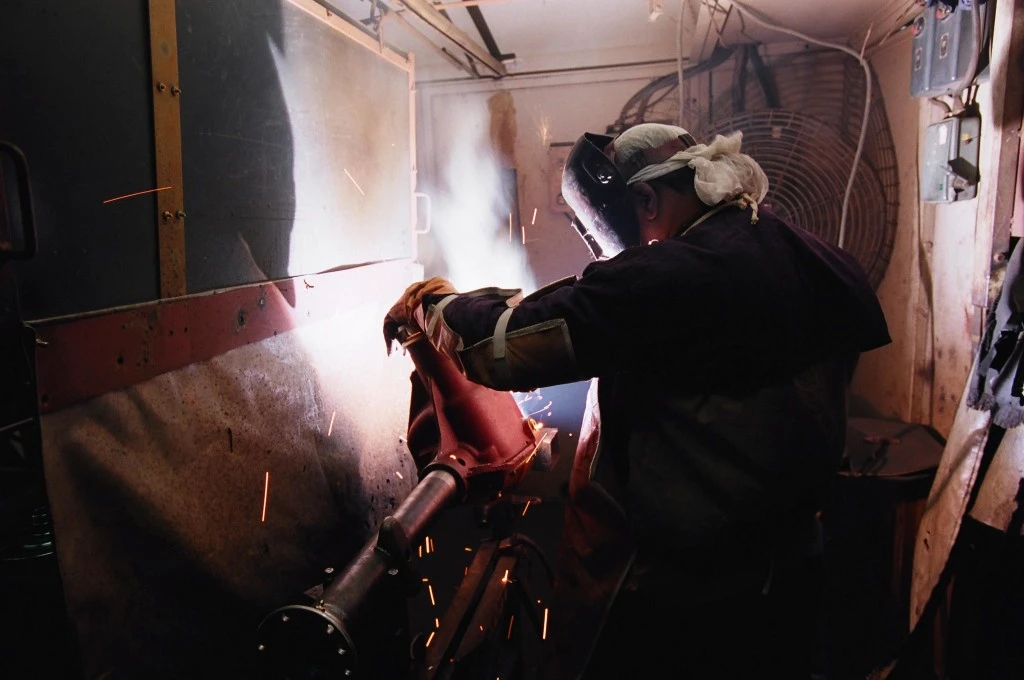Bound by the Laccadive Sea to its west, Alappuzha is a city in Kerala with a network of lakes, lagoons, and freshwater rivers. The city is crisscrossed by a system of canals, which are part of National Waterway (NW) 3, an inland navigational route in Kerala. Since 1968, the Kerala State Water Transport Department (SWTD) has been providing essential connectivity through these waterways, linking remote, densely populated areas to the city and nearby districts. The water transport system acts as a vital lifeline, enabling the movement of labour and commerce, and facilitating urban connectivity.
State-owned vessels and ferries serve as the primary mode of transportation for daily commuters, who use them due to their cost-effectiveness and because the roads in the area are underdeveloped. However, despite the crucial role that the waterway plays, little has been done to upgrade the infrastructure supporting it.
This photo essay delves into the history of the water transport system in Alappuzha, the lives of the passengers who depend on it, and the boatmasters who continue to anchor it despite diminishing returns.

Illustrious past, steady decline
Alappuzha’s reputation as a port city owes itself to the reign of Raja Kesavadas, the Dewan of Travancore in the eighteenth century. He transformed Alappuzha into a busy port city through the construction of man-made canals that facilitated trade.
The rivalry between the erstwhile kingdoms of Travancore and Cochin significantly contributed to Alappuzha’s development. However, the city’s significance as a port declined with the establishment of Kochi Port. Colonial rule stagnated Alappuzha’s growth, marking the beginning of a decline in its fortunes. This pattern continued under post-independence governments, who showed little interest in improving Alappuzha’s infrastructure. The once-bustling boat station building now lies largely abandoned, serving as an office for SWTD staff.

A comparison between present-day Alappuzha and Kochi illuminates the ways in which the latter’s waterways have improved over time. While Alappuzha’s boat stations languish, Kochi has recently inaugurated the Water Metro, which consists of a fleet of highly modern boats that connect various parts of the city through its intricate waterway network.
My investigation into Alappuzha’s water transport system stemmed from a desire to learn more about the people driving the mobility sector and the gender dynamics within the space. This led me to Sindhu, who made history as the first female boatmaster in Kerala’s SWTD. A deeper dive into her experiences expanded my focus to Alappuzha’s famed water transport system, its peculiar history, and the challenges that it faces at present.

I discovered that there are only two women boatmasters among the 119 employed by the SWTD: Sindhu S at Alappuzha station and Minimol P V at Muhamma station. My meeting with Sindhu allowed me to explore why working on water is so challenging.
Skewed gender ratio
On speaking with Sindhu, I learned that boatmasters have inflexible shift timings, with lengthy periods of inactivity within each shift. She said, “Our work shift starts at 10.30 am and continues until our scheduled break at 7.15 pm. During this time, we cover five boat trips. I leave for home as soon as the last trip of the day is over, as there is no space for me to rest here during the shift interval.”
This is one of the main problems faced by the women boatmasters and commuters. The old colonial-era building that houses Alappuzha’s main boat station is now a deteriorating office building without sufficient space to rest. It also lacks other essential amenities, such as designated changing and showering facilities for women.
All water operations under the SWTD follow a 24-hour shift system—16 hours of work with an eight-hour break in the middle. Sindhu shared,“Sometimes I can’t sleep properly when I go home during a break in my shift because if I oversleep, it could disrupt the whole schedule. We have to be on time—no exceptions. Both the passengers and we workers get really stressed if any boat is delayed. People rely on these boats for transportation, so it’s a big deal if things don’t run smoothly.”

Sindhu added that she is concerned about being transferred to more remote stations, which are far more deficient in infrastructure. The fact that the boat service is the sole mode of transport for many travellers further contributes to the stress of the job.
Although Sindhu has undergone extensive training and is licensed to operate boats, she has confined herself to desk duties. According to her, the thought of manoeuvring the vessel in congested waterways dotted with an ever-increasing number of tourist boats is a source of constant anxiety.
These issues are also compounded by unchecked and pervasive water hyacinth infestations, and excessive silting in the canals due to a lack of periodic, systematic dredging. This ultimately leads to clogged waterways.
The anxious lives of Alappuzha’s natives
During my travels, I had the opportunity to observe the passengers, their conversations, collective emotions, and how their anxieties manifest in interactions with the boatmaster and other transport staff. Through candid interviews with the passengers, I discovered that even children under the age of 10 rely on boats as their primary mode of transportation to school. For them, this daily journey is the only means of reaching their destination.

Despite the slow pace of the boats and the long wait times, many locals have no choice but to rely on them for transport. There are multiple factors that have led to this. Alappuzha—known as Kerala’s rice bowl—is one of the state’s most fertile plains. Many farmers live in its remote interiors, and this group constitutes most of the commuters. Sindhu recalled instances where delays led to numerous calls from disgruntled commuters at the waiting shed. She explained, “Sometimes, the boats break down due to maintenance issues and get delayed. Then we have to send small boats or free boats for the commuters. There have been times when we have sent boats for even two or three passengers. There are isolated island regions where the boats are the only source of transport to the urban areas.”
The region is prone to flooding, but the state authority is yet to figure out alternate routes for emergencies. The comparatively low cost of travel is a major factor in the popularity of boat travel, especially given that the roads and connecting bridges in the region are underdeveloped.
For the residents of Alappuzha, public transportation—particularly water transport—is not a luxury; it is a necessity. Efforts must be undertaken to improve the gender balance in the sector. Simultaneously, there is a need for more inclusive spaces that cater to diverse needs, especially of female employees and commuters. These include designated resting spaces that women can access during long shift intervals, showering and changing rooms for women, and medical facilities. In addition to infrastructural improvements, there also needs be a recalibration of work timings to preserve the staff’s work-life balance.

Many proposed national waterways, such as the Alappuzha-Kottayam-Athirampuzha Canal (NW 9) and the Alappuzha-Changanassery Canal (NW 8), are still stuck in their initial phases. If these proposals materialise, Alappuzha could become a major mobility hub, offering attractive alternatives to road and rail for urban-rural connectivity as well as the movement of cargo and labour.
Improving the efficiency of the water transport system and addressing the perpetual anxieties of local inhabitants will finally allow Alappuzha’s water transport system to live up to the standards it set in its glory days.
—
Know more
- Read this article on the ecological need for improving Alappuzha’s waterways.
- Read this photo essay on the impact of industrial pollution and climate change on the Kaibarta fishing community in Assam.





